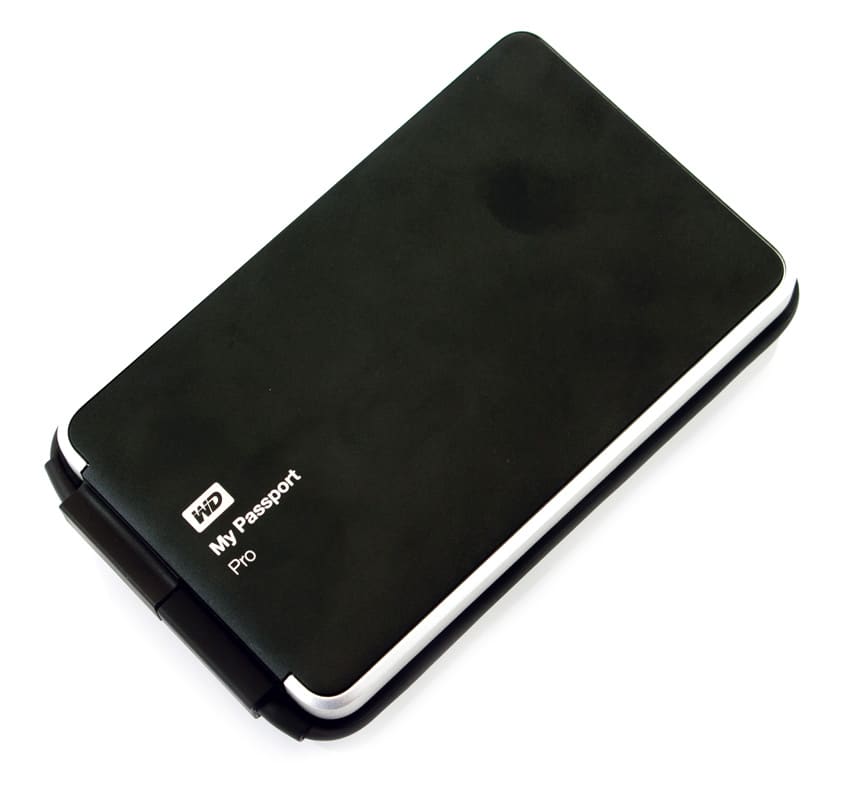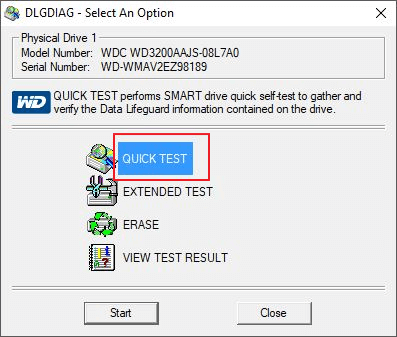
Hard drives can fail in many ways: the motor can fail, the head can scratch the disk or there may be a manufacturing defect that results in a bunch of bad sectors. Backup Your Data, Right NowĪll hard drives will eventually fail, but S.M.A.R.T data is your warning sign so take it seriously and immediately make a backup of your important data if you’ve noticed reallocated sectors.

I’m not much of a risk taker, I’d rather have to spend some money for a new drive than risk the drive failing spectacularly or silently corrupting my data. My data is extremely valuable to me, so if I see any reallocated sectors pop up I immediately start making an additional local copy of the data and order myself a brand new drive. I’ve had a friend ask “ How many reallocated sectors is too many?” and my immediate answer was “1”. But If your data is important to you and this is the hard drive in your primary computer, I would suggest replacing it. If you’re using the hard drive for testing purposes or don’t have anything important stored on it, you have my permission to keep using that drive. It really depends on how valuable your data is to you. I’ve seen many hard drives that ran fine for years with a handful of reallocated sectors, but if your reallocated sector count continues to go up you should replace your drive immediately. Let’s say 2 reallocated sectors pop up in your S.M.A.R.T monitoring tool, and after a few weeks your count is still at 2. The warning sign that can tell us if a drive is failing is how quickly your reallocated sector count grows. If your drive has 1, 2 or even a couple dozen bad sectors it may go on to live many more years and work fine. Reallocated Sectors and Hard Drive FailureĪ reallocated sector count above zero does not immediately tell us whether or not the hard drive is doing to fail, but it can be an early warning sign. Even though sectors are quite small, if you were to lose a sector that contained part of a bigger file like a photo, video or word document – you may no longer be able to open those files because a chunk of them is missing. This is a normal part of a hard drive’s operation that’s done to prevent data loss and corruption.Įssentially your hard drive has noticed a problem with a part of the disk and rather than saving your data there with a risk of it getting corrupted, it moves the data to a safe part of the disk and continues on with what it was doing. When your hard drive encounters an error while reading, writing or verifying data it marks the sector as reallocated and then moves the data to a reserved area on the disk (spare sectors that it sets aside). Each sector is quite small, holding just 512B (bytes) of data. Reallocated sectors are parts of your hard drive’s platter that can no longer be trusted to safely store data. If you’re looking for tools to check your current reallocated sector count you can jump down to ‘How to check for reallocated sectors’ What are reallocated sectors? But you should seriously read #3 again, that one’s relevant to everyone.

Depending on your specific situation, things may not be that bad. If this list made you panic, I apologize. Or: If your hard drive is still under warranty, send it in for a replacement (but back it up first).



 0 kommentar(er)
0 kommentar(er)
